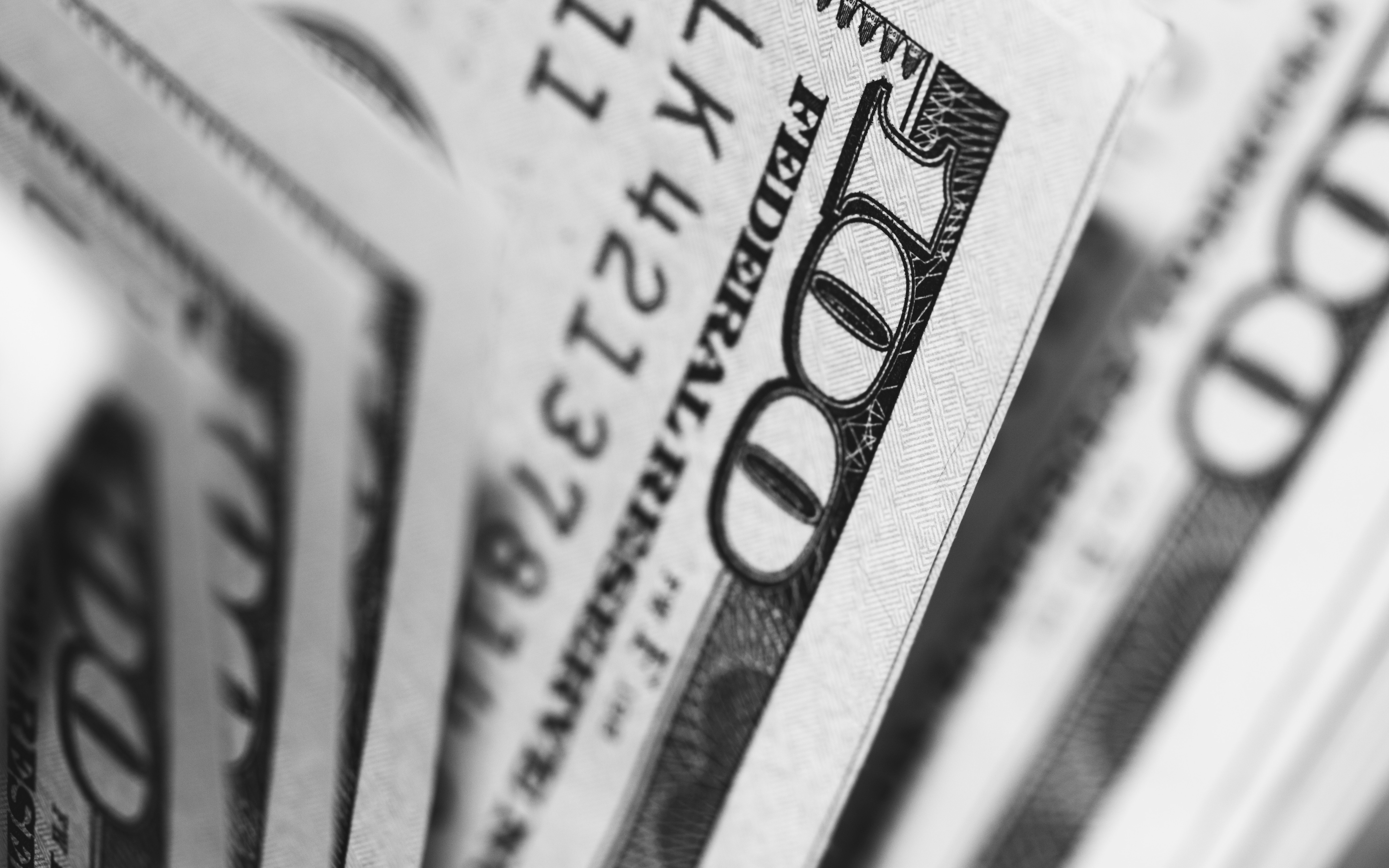You may have seen the 2018 Citibank report of the music industry. Artists, fans and industry insiders have reacted to the report now, but don’t be fooled by headlines. Let’s sort through the noise to see what’s on mark, and what’s off.
Report Overview
Here are some of the major points the report purports:
- The US music industry made ~43 billion USD in 2017, the highest it’s been since 2006, with only 12% of that going to artists (~5 billion USD).
- Consumers are “renting” music more often than they are buying music, i.e. streaming instead of purchasing physical copies.
- Revenues from music publishing/licensing and music ads on the radio and internet are flat, while concerts and subscriptions are at an all time high.
- Suggested evolutions of the industry include:
- Vertical integration, like concert promoters merging with streaming platforms
- Horizontal integration, like streaming platforms consolidating with each other
- Organic vertical integration, like distributors (and/or streaming platforms?) morphing into music labels
How Citibank arrives at 12% going to artists, and how it can be misleading
The equation is off.
- People on the recorded side of the US music industry don’t see any of the estimated ~$15B of radio advertising included in Citibank’s $43B revenue estimate. Since the US is one of 3 countries left that do not pay terrestrial radio performance royalties to artists (North Korea and Iran being the other 2), ~$15B in ad revenues of the total $43B technically do not go to anyone involved in recorded music. Record labels and other “middlemen” are not cutting out the artist. Instead, US laws have left recording artists out of this huge piece of the pie.
- All revenue sources are not created equal. Citi fails to consider that there are revenue sources that artists receive almost purely as profit, and others that have meaningful associated costs. Income from royalties is almost entirely profit for an artist. Income from touring and performing, however, must be used to cover many of the touring costs. These touring costs are hard to estimate since they can be very different from tour to tour, which is likely why Citi left it out, but the costs can range from making touring less profitable, to making a tour entirely unprofitable.
- Merchandise sales are not considered at all. Many artists, especially independent ones, make a large portion of their overall revenue from clothing and other non-music merchandise sales. This would likely be hard to estimate, but is definitely a significant portion of revenue, especially for smaller artists.
- Revenues from ad-supported streaming services could be much lower than reported. YouTube ad-supported stream revenue is listed at ~800M in the report, despite the RIAA claiming ~660M in total from ALL ad-supported services.
- Total touring revenue is hard to accurately estimate. Citi most likely leaves independent artist revenues out of its total touring revenue calculation, as all of that info is with the artists themselves.
This report works in averages across all artists when in reality, revenue sources are highly variable with large disparities. This skews the perceived “health” of the music industry.
Each artist shapes their marketing and sales strategy depending on many factors — where they are in in their career, their fanbase demographics, what has worked well for them in the past, amongst many other considerations. Where a pop artist w/ a sizeable fanbase and household name gets most of their money is wildly different from where a mid-major indie band gets its money. Working in averages isn’t a great way to examine the health of an entire industry when there is such a great disparity between those making the most and those making the least, which is certainly true for the music industry.
Labels are not making the other 88%.
Estimated and averaged numbers aside, the report does a pretty good job of describing the different entities in the music industry and how they interact with each other. But, headlines can be misleading — many read this one to imply that labels are making the other 88% (or most of it). Outside of labels, there are many other players involved in a musician’s career, like distributors, streaming platforms (Spotify, Apple), performance rights organizations and publishing royalty collectors (ASCAP, BMI, SoundExchange), and others directly involved in the day to day (managers, touring agents, lawyers, accountants).
Thanks for checking out the first of three posts about the Citi music industry report. More on this to come, check back in a few days!
